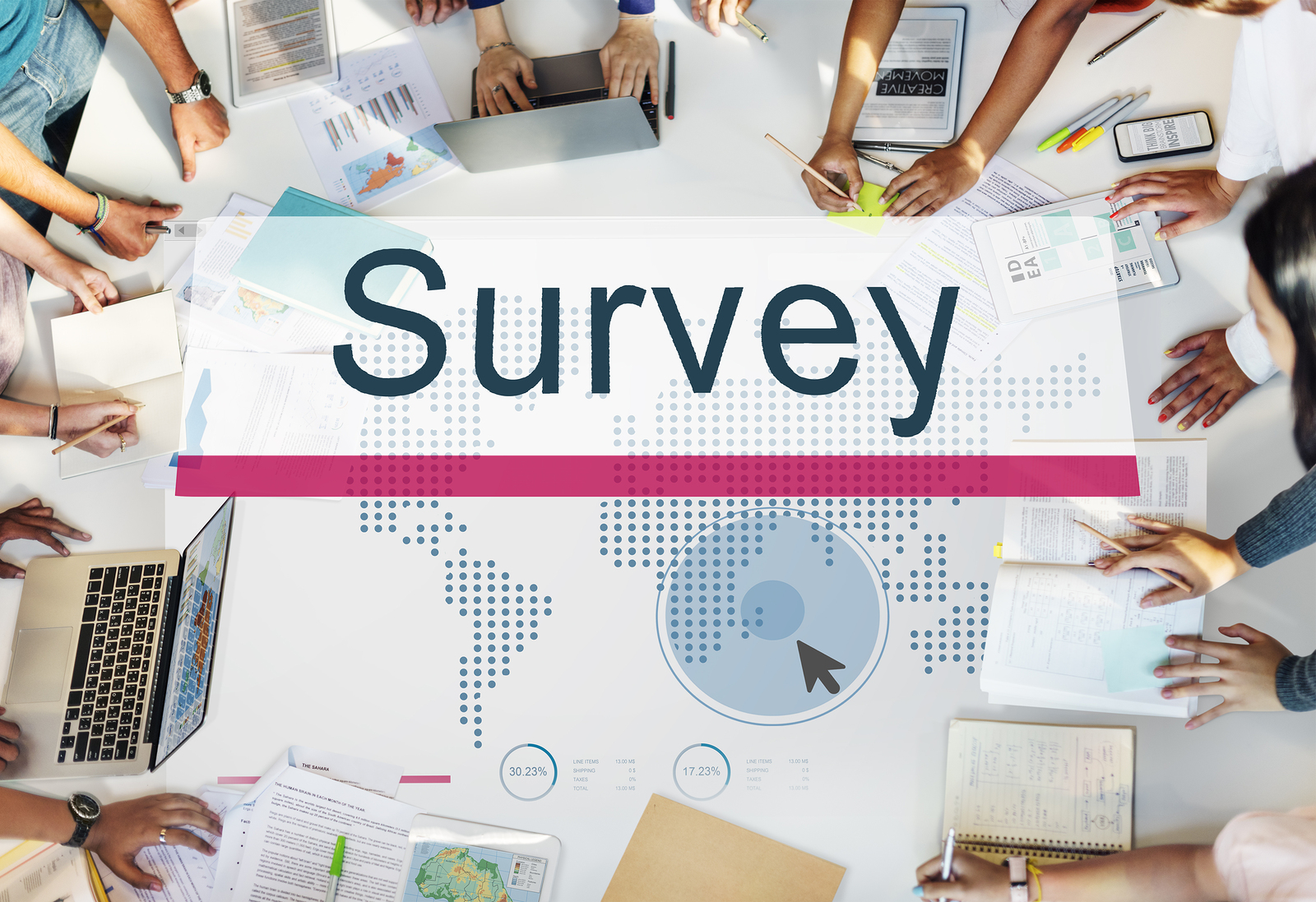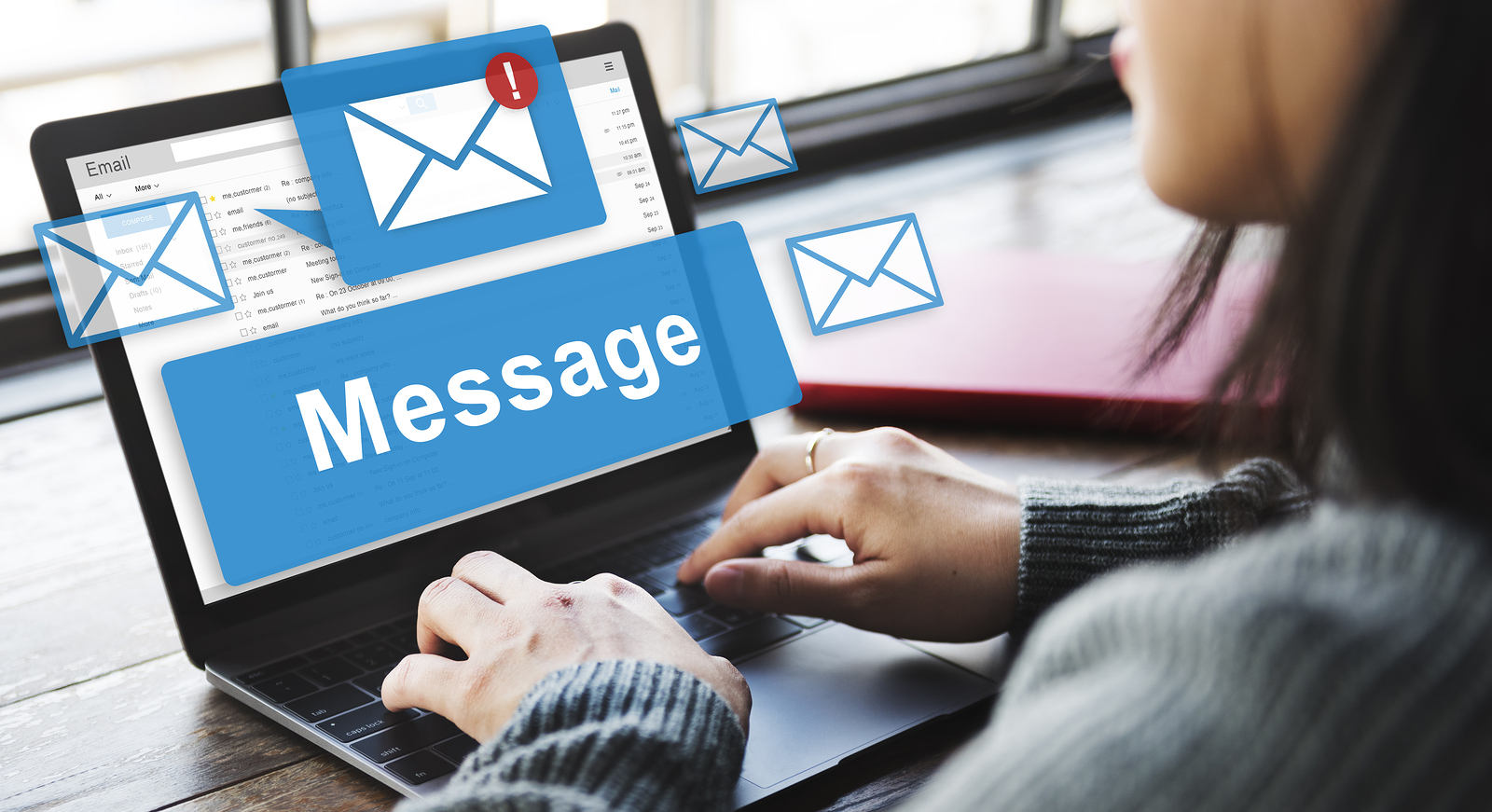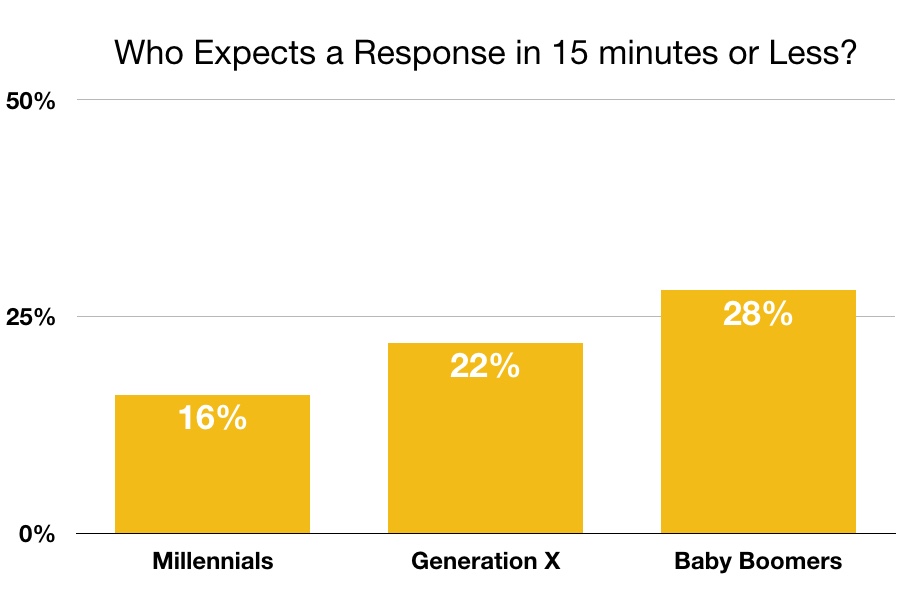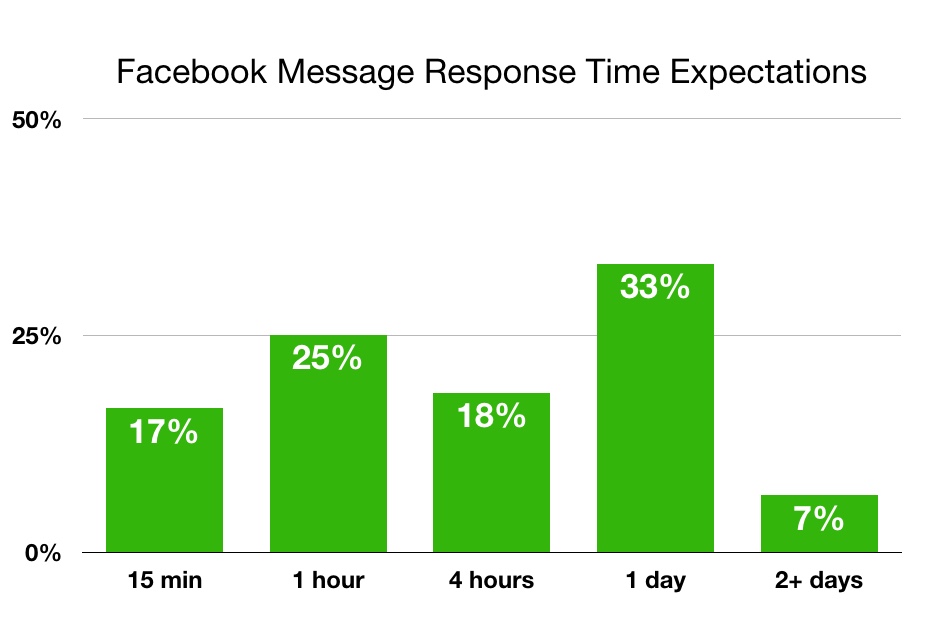Last March, Shannon Watts tweeted a complaint about United Airlines.
Watts had observed what she believed to be poor treatment from a United gate agent towards several other passengers and she took to Twitter to voice her displeasure.
The tweet went viral and eventually made national headlines.
Never mind that Watts only witnessed only part of the incident and had some of her facts wrong. (This thoughtful post from One Mile at a Time clears that up.) Or that United didn't help itself with its poor initial response.
What's scary is this type of viral complaint can be a PR nightmare.
So what can companies do to protect themselves? I did a study of customer complaints on Twitter to find out and one very clear answer appeared.
Here's what you need to do to prevent 80 percent of those complaints.
Study Overview
I did a similar study in 2014 to find out what customers complained about on Twitter. You can find those results here.
Social media use by customers has risen since then, so I decided to replicate the research to see what has changed.
I looked at tweets attached to three common hashtags that contained a complaint:
100 tweets tagged with #badservice
100 tweets tagged with #customerservice
50 tweets tagged with #servicefailure
A couple of notes here:
Only obvious complaints were included. For instance, the #customerservice hashtag also has a lot of job postings and customer service advice articles, so I left those out.
There's also a clear limitation to this study. Not every customer who complains uses a hashtag, or one that is consistently popular. So it is a possibility that my results are a bit skewed.
Finally, for background, a 2017 study from Sprout Social found that 46 percent of people have used social media to complain about a brand. My own study on consumer response time expectations revealed 40 percent of customers use Twitter for customer service.
The Big Result
There's one insight that really jumped out—80 percent of complaints on Twitter were an escalation.
This means the customer previously had contact with the company via a different channel (phone, in-person, email, etc.) and had not received a satisfactory resolution.
This makes it clear that the best way for businesses to prevent these types of complaints is to get it right the first time. Unfortunately, many companies do such a poor job serving other channels, they effectively train customers to use social media.
Here are the top reasons people complain for 2014 and 2018:
Number one on the list is waiting for a resolution. These customers experienced some issue with a company and felt it was taking too long to get fixed. This angry tweet could have been prevented if the initial phone complaint had been handled to the customer's satisfaction.
The third most popular reason customers complain on twitter is the customer never received a response to another contact. This customer tweeted about a product issue because she's still waiting for a call. The company probably could have prevented this tweet by (a) fixing the issue or (b) responding to her request for a call.
Many public tweets are a customer's way of venting about a service failure. Quite a few tweets aren't even specific about the issue or what resolution the customer is seeking.
Take Action!
One thing you can do is trace the social media complaints your company receives. This can apply to Twitter or any other social media channels.
What are customers complaining about most often?
Can you address the root cause?
For example, one company identified a number of complaints were all connected to the same process. They are now fixing that process to help improve customer satisfaction, which in turn should reduce complaints.
There are also a few courses on LinkedIn Learning to help you develop your social media customer service skills.
You'll need a LinkedIn Premium account to watch the full videos. You can get a 30-day trial here.





















